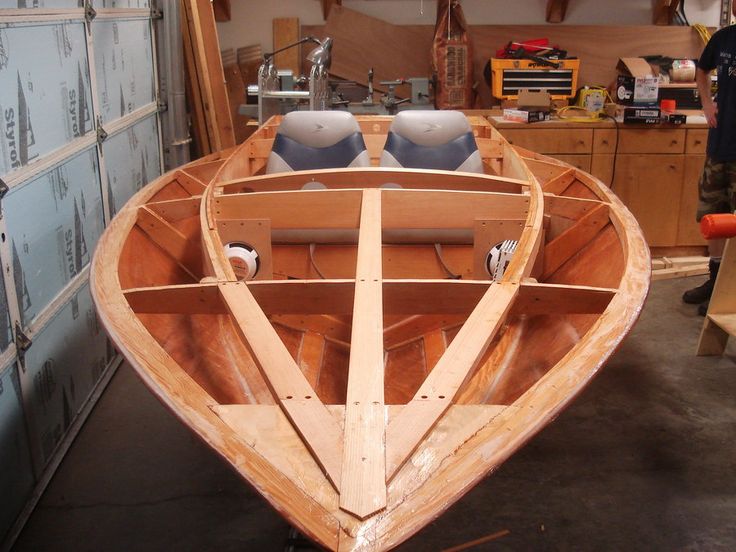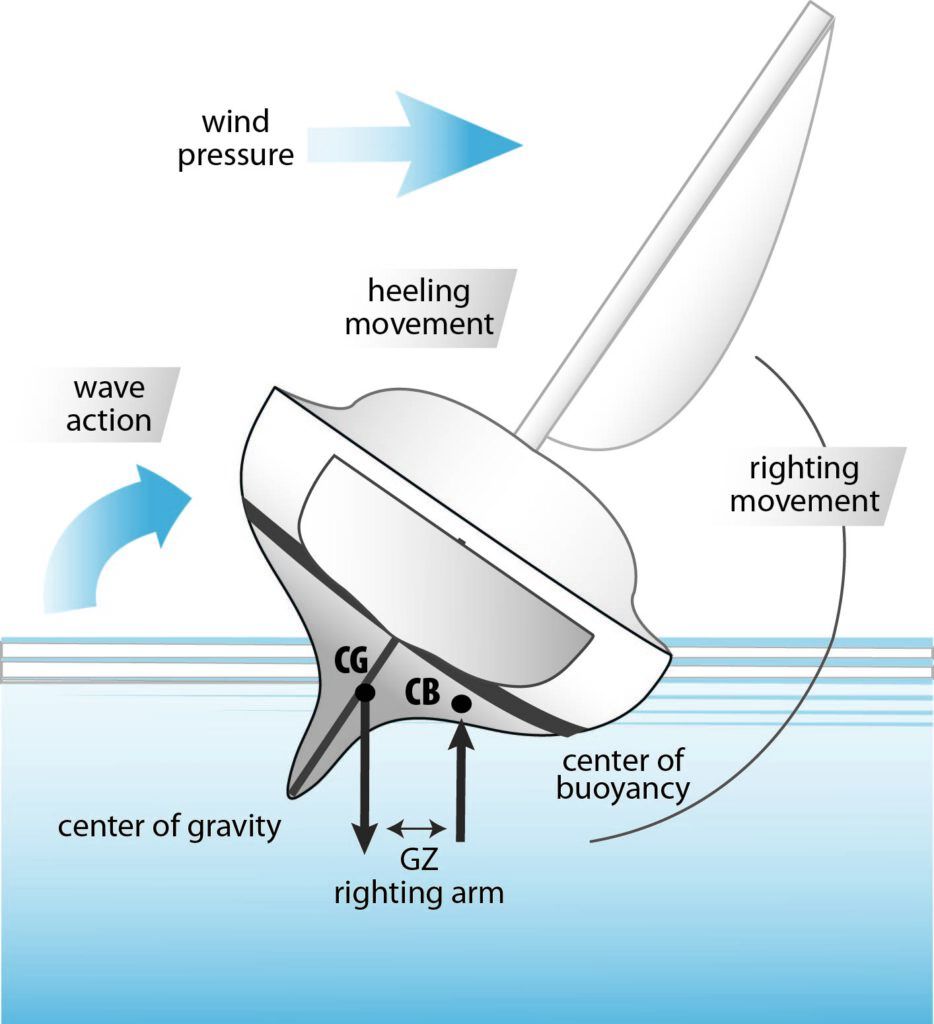
Beyond the Blueprint: Unlocking the Potential of Best Boat Plans Kits
Building a boat is a monumental undertaking, a blend of artistry, engineering, and sheer grit. While countless websites offer boat plans, the true journey lies in understanding what those plans *don't* tell you â€" the hidden opportunities for innovation and personal expression. This isn't just about slapping together plywood; it's about crafting a vessel that reflects your unique vision. This article delves into the often-overlooked aspects of utilizing boat plans kits, providing insights for hobbyists, professionals, and educators alike.
The Unsung Hero: Material Selection Beyond the Recommended
Most boat plans prescribe specific materials. But what if you could push those boundaries? Let's explore this further.
Q: Can I substitute materials listed in the plans?
A: Absolutely! But proceed with caution. Research the properties of your chosen substitute thoroughly. For instance, consider the weight, strength-to-weight ratio, and water resistance. A lighter material might reduce fuel consumption but compromise structural integrity. A stronger material might add weight, impacting performance. Always perform stress calculations and consult with experienced boat builders before making significant deviations.
Q: Where can I find data to support material substitutions?
A: Look beyond the plan's specifications. Websites like the National Research Council Canada's Institute for Marine Dynamics offer valuable data on wood properties and structural analysis. Academic databases like ScienceDirect and JSTOR contain peer-reviewed research on composite materials. Engaging with online forums dedicated to boatbuilding can provide invaluable real-world insights from experienced builders who've experimented with substitutions.
Beyond the Hull: Integrating Sustainable & Innovative Materials
The ecological footprint of boat building is a growing concern. This section explores sustainable and innovative approaches.
Real-World Example: The Bamboo Boat
A recent project by a group of students in the Philippines demonstrated the viability of constructing a small fishing boat using locally sourced bamboo. They adapted existing boat plans, modifying the design to leverage bamboo's inherent flexibility and strength. While the process required careful consideration of moisture content and treatment to prevent rot, the result was a sustainable and cost-effective vessel. This exemplifies how adapting plans opens up possibilities for environmentally friendly construction.
Exploring Composite Materials:
Beyond traditional wood and fiberglass, exploring modern composites opens a whole new world. Consider using recycled plastics or bio-based resins in your construction. While these materials might require additional research and specialized techniques, the environmental benefits and performance enhancements are significant. Research institutions like the University of Maine's Advanced Structures and Composites Center provide invaluable resources on composite materials and their applications in marine engineering.
Personalizing Your Design: Beyond the Blueprint's Limitations
Boat plans provide a foundation, but your creativity shouldn't be confined by them. This is where you truly make the plans *yours*.
Adding Unique Features:
Consider incorporating features tailored to your intended use. A fishing enthusiast might add custom rod holders and live wells. A cruising sailor might integrate solar panels or a rainwater collection system. These modifications require careful planning and structural analysis to ensure safety and functionality, but the resulting boat will be uniquely suited to your needs.
Integrating Technology:
Modern technology offers numerous opportunities for enhancing your boat. GPS systems, depth finders, autopilot systems â€" these can be seamlessly integrated during the construction process, creating a technologically advanced vessel. This integration requires careful planning for wiring, power sources, and placement to avoid compromising structural integrity.
In conclusion, the best boat plans kits are not just blueprints; they are springboards for innovation and self-expression. By understanding the underlying principles, exploring alternative materials, and embracing creative modifications, you can transform a set of plans into a truly unique and personally fulfilling project. Remember to always prioritize safety, conduct thorough research, and seek expert advice when necessary. The journey of boat building is as rewarding as the final product.








